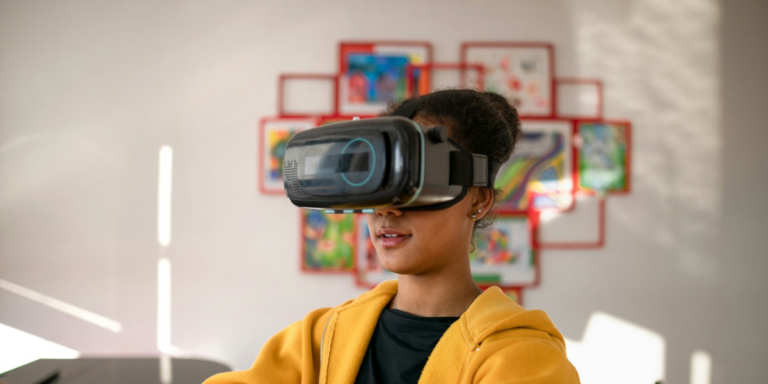Augmented Reality (AR) has emerged as one of the most transformative technologies of the 21st century, promising to revolutionize how we interact with the world around us. From immersive gaming experiences to practical applications in industries like healthcare and education, AR is propelling us into a future where digital and physical realities seamlessly converge.
AR technology empowers creators and developers to unleash their creativity and innovate in ways previously unimaginable. With AR tools and platforms becoming increasingly accessible, individuals and businesses can design immersive experiences that blend digital content with the real world. From interactive art installations to virtual try-on experiences for retail, the possibilities for creativity are endless.
Across various industries, AR is driving significant transformations by enhancing productivity, efficiency, and engagement. In healthcare, surgeons can use AR to visualize patient anatomy during procedures, leading to more precise surgeries and better patient outcomes. In education, students can explore virtual simulations and interactive lessons that bring learning to life in ways traditional methods cannot match.
In the retail and marketing sectors, AR is revolutionizing customer experiences by offering immersive and personalized interactions. Retailers can utilize AR technology to allow customers to virtually try on clothing and accessories, visualize furniture in their homes before purchase, or even preview products in real-world environments. These experiences not only increase engagement but also boost customer confidence and satisfaction.
AR is also driving digital transformation across various industries, helping businesses streamline processes, reduce costs, and improve decision-making. In manufacturing, AR-powered smart glasses can provide workers with real-time information and instructions, enhancing efficiency on the factory floor. In logistics, AR can optimize warehouse operations by overlaying digital labels and navigation cues onto physical objects.
In a post-pandemic world where remote work and virtual collaboration have become the norm, AR technology is playing a crucial role in bridging the gap between physical and virtual spaces. AR-enabled communication tools allow remote teams to collaborate more effectively, share ideas, and visualize concepts in real-time, regardless of geographical location.
While AR holds immense promise, it also faces challenges such as technical limitations, privacy concerns, and ethical considerations. As the technology continues to evolve, it will be essential for developers, businesses, and policymakers to address these challenges proactively and responsibly to ensure that AR is used ethically and inclusively.
As we look to the future, the potential of augmented reality to transform our lives and reshape industries is limitless. With continued innovation, investment, and collaboration, AR will undoubtedly play a central role in shaping the digital landscape of tomorrow, offering new possibilities for creativity, connectivity, and exploration.
In conclusion, augmented reality is propelling us into a future where digital and physical worlds converge, unlocking new opportunities for innovation, engagement, and collaboration. By harnessing the power of AR technology, we can create immersive experiences, transform industries, and empower individuals to explore and interact with the world in ways previously unimaginable.

